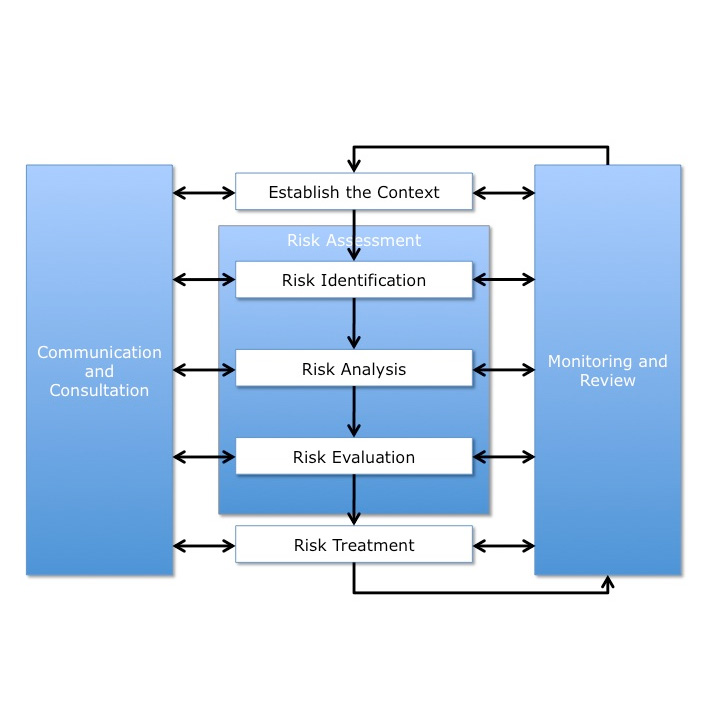Continuous improvement is a fundamental aspect of achieving success in any industry. It allows individuals and organizations to grow, adapt, and excel in their respective fields. In the realm of project management, engineering, and contracting, the implementation of a rating system plays a pivotal role in encouraging professionals to continuously improve their skills and performance. Through regular assessments, feedback, and a commitment to ongoing development, the rating system becomes a catalyst for driving individual growth and enhancing overall project performance.
Introduction
In a dynamic and competitive environment, continuous improvement is essential for individuals and organizations to remain relevant and achieve sustained success. This principle holds true in the domains of project management, engineering, and contracting, where professionals must adapt to evolving challenges and deliver increasingly complex projects. The implementation of a rating system provides a framework to encourage continuous improvement and foster a culture of growth and excellence.
The Significance of Continuous Improvement
Continuous improvement goes beyond the notion of incremental progress. It represents an ongoing commitment to enhancing knowledge, skills, and performance. By embracing continuous improvement, professionals can stay ahead of industry trends, refine their expertise, and deliver superior outcomes. This approach fosters adaptability, innovation, and resilience, positioning individuals and projects for long-term success.
The Role of a Rating System
A rating system serves as a powerful tool to support and nurture continuous improvement within project management, engineering, and contracting. It provides a structured framework for regular assessments and feedback, enabling professionals to gauge their current performance and identify areas for growth. By offering an objective evaluation process, the rating system facilitates self-reflection, motivation, and the pursuit of excellence.
Regular Assessments and Feedback
A key component of the rating system is the provision of regular assessments and feedback. Professionals receive constructive input on their performance, highlighting strengths and areas that require improvement. These assessments can include reviews from supervisors, client evaluations, and peer feedback. By gaining a comprehensive understanding of their capabilities, professionals can make informed decisions on how to enhance their skills and expertise.
Identifying Areas for Growth
Through the rating system, professionals gain valuable insights into their strengths and weaknesses. This evaluation process allows for the identification of specific areas that require growth and improvement. Whether it’s developing technical competencies, honing leadership skills, or improving communication abilities, individuals can target their efforts and allocate resources effectively to enhance their overall performance.
Proactive Measures for Enhancement
The rating system acts as a catalyst for proactive measures aimed at continuous improvement. Armed with the assessment feedback, professionals can design personalized development plans that outline specific goals and actions. These plans may involve attending training programs, pursuing certifications, seeking mentorship, or engaging in knowledge-sharing activities. By taking ownership of their growth journey, individuals contribute to their own professional advancement and the success of the projects they undertake.
Benefits for Individuals and Projects
The commitment to continuous improvement benefits both individuals and the projects they work on. For individuals, it leads to expanded knowledge, increased competence, and career advancement opportunities. As professionals enhance their skills, they become more valuable assets, capable of tackling complex challenges and delivering exceptional results. From a project perspective, the collective continuous improvement efforts of individuals contribute to enhanced project execution, efficiency, and innovation. The cumulative effect is projects that meet or exceed client expectations and industry standards.
Cultivating a Culture of Continuous Improvement
The implementation of a rating system not only supports individual improvement but also cultivates a culture of continuous improvement within project teams and organizations. By prioritizing growth and learning, professionals inspire their peers to embrace change, share knowledge, and strive for excellence. This collaborative environment nurtures innovation, fosters best practices, and drives overall project performance to new heights.
Conclusion
Continuous improvement is a powerful force that propels individuals and organizations towards success. The implementation of a rating system within project management, engineering, and contracting encourages professionals to embrace continuous growth, refine their skills, and enhance their performance. Through regular assessments, targeted feedback, and proactive measures, professionals take ownership of their development journey, contributing to the success of both their individual careers and the projects they undertake. By fostering a culture of continuous improvement, organizations can adapt to evolving challenges, drive innovation, and achieve excellence in their respective fields.
FAQs
- How does a rating system support continuous improvement?
A rating system provides regular assessments and feedback, enabling professionals to identify areas for growth and take proactive measures to enhance their skills and performance. - What are the benefits of continuous improvement for individuals?
Continuous improvement leads to expanded knowledge, increased competence, and career advancement opportunities for individuals, making them valuable assets in their respective fields. - How does continuous improvement impact project performance?
The collective continuous improvement efforts of individuals drive overall project performance, leading to enhanced project execution, efficiency, and innovation. - What role does self-reflection play in continuous improvement?
Self-reflection allows professionals to gain a comprehensive understanding of their capabilities and make informed decisions on how to enhance their skills and expertise. - How does continuous improvement contribute to organizational success?
Continuous improvement cultivates a culture of growth, innovation, and excellence, positioning organizations to adapt to challenges, drive innovation, and achieve success in their respective fields.












